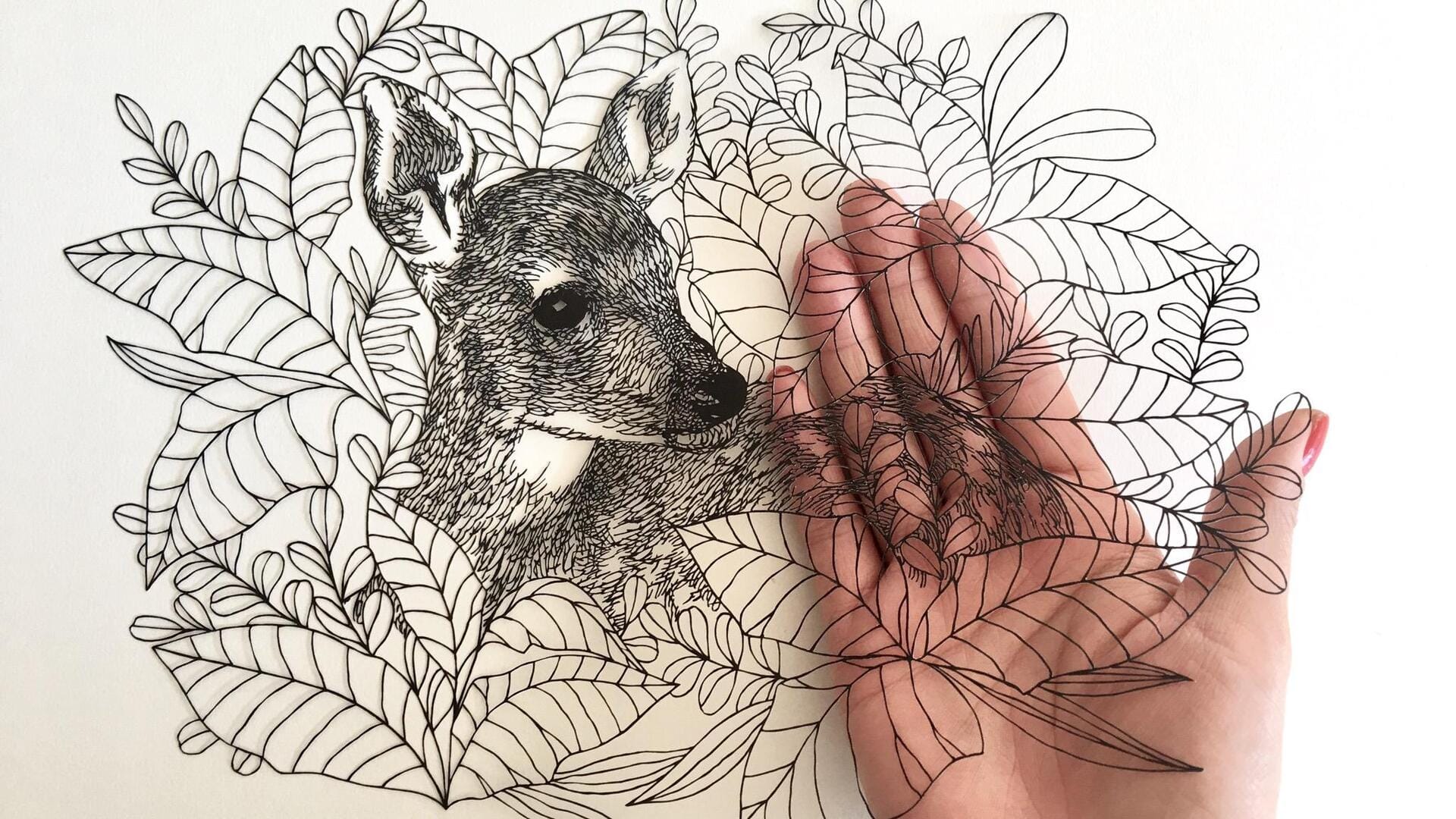
Exploring kirie: The Japanese paper-cutting art
What's the story
Kirie, the traditional Japanese art of paper cutting, involves creating intricate designs with precision. Originating centuries ago, it has become a popular artistic hobby. Using simple tools like scissors or knives, artists transform plain paper into detailed art. This article explores kirie's history, techniques, and cultural significance, offering insights for those interested in this craft.
Origins
Historical roots of Kirie
Tracing its origins to ancient Japan, kirie was used for cultural purposes. These paper cuttings were first made as offerings or as decorations. Over the years, the practice grew beyond them and became a popular art form. The evolution of kirie also reflects Japan's rich cultural heritage and how it adapted traditional practices to modern times.
Craftsmanship
Tools and techniques in Kirie
The tools employed in kirie are simple, but they are the key to precision. Usually, artists employ sharp knives or scissors made specifically for cutting paper. The process involves planning out the design before making precise cuts on thin sheets of paper. It requires patience and steady hands to master the art, as even the slightest of mistakes can mar the whole thing.
Tradition
Cultural significance of kirie
Kirie has immense cultural significance in Japan, being a union of art and history. It is usually linked with festivals where beautiful patterns are showcased as part of celebrations. Further, modern-day artists have incorporated this form to produce modern-day pieces that fuse traditional motifs with new-age ones.
Getting started
Tips for beginners interested in kirie
For beginners excited to try kirie, we suggest starting with simple designs before moving on to intricate patterns. Investing in quality tools like sharp blades gives you clean cuts, while practicing regularly helps improve your skills over time. Joining workshops or online communities will provide you valuable guidance from experienced practitioners who share their knowledge freely within these supportive networks.